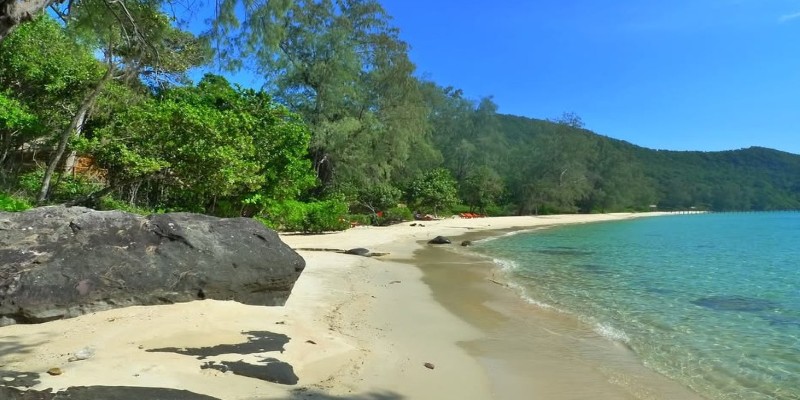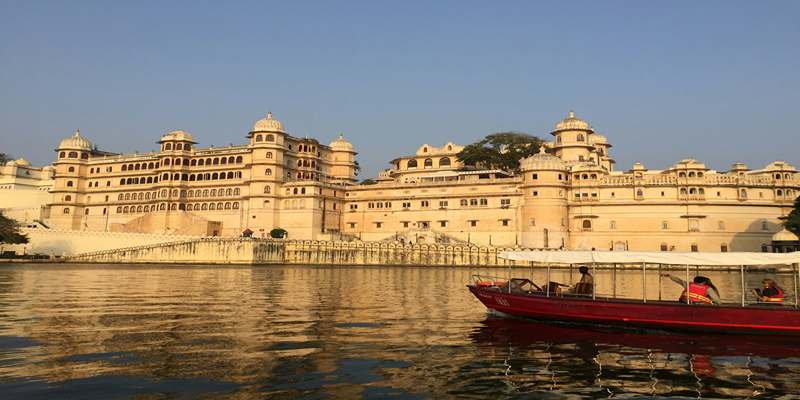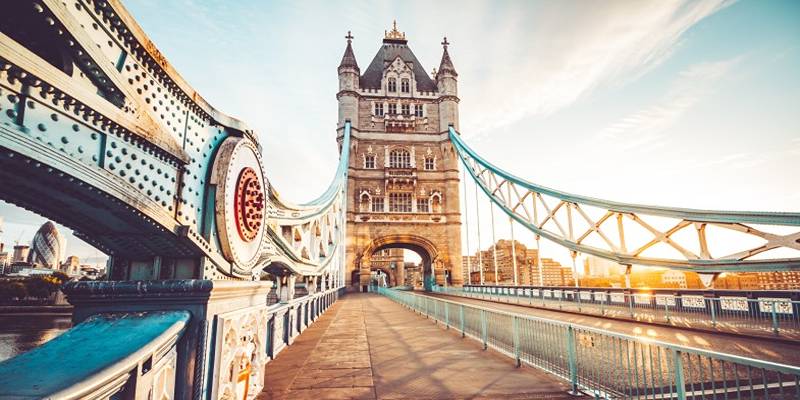Set in the Gulf of Thailand, Cambodia’s islands offer a slower, less commercial version of Southeast Asia’s coastlines. For first-time visitors, they feel untouched in ways that are becoming rare. Beaches stretch wide and empty, villages remain local in character, and time feels optional. These aren’t destinations packed with curated sights or modern comforts.
They’re places to let things unfold naturally—quiet walks, ocean swims, fresh-cooked meals. If you're curious about where to start, how to get there, or which island suits your pace, this guide outlines what to expect and how to enjoy these islands at their rhythm.
Getting There and What to Expect?
Most of Cambodia’s islands sit off the southern coast, near Sihanoukville. Ferries and speedboats leave daily from there, connecting to the main islands in under two hours. Transport can be basic but reliable enough if you check schedules ahead of time.
These islands aren’t polished. Electricity is often limited, mobile service can be weak, and some places run on generators. That means slower days, fewer distractions, and a chance to settle into a quieter way of life. The beaches are usually wide and open, and the sea stays warm through most of the year. Don’t expect luxury, but do expect calm.
Accommodations range from simple wooden bungalows to modest guesthouses. Most are built close to the beach or tucked into the trees just beyond. The appeal isn't style—it's the setting. Hammocks replace sun loungers, and the soundtrack is more wind and water than anything else.
Choosing the Right Island
Koh Rong and Koh Rong Samloem are the most visited islands. Koh Rong is the bigger and busier of the two, offering more beaches, more places to stay, and a few small shops and cafés. Koh Touch is its liveliest beach, but other areas, such as Long Set and Sok San, are more peaceful. Koh Rong suits travelers who want more variety, a bit of movement, and the chance to explore.

Koh Rong Samloem is smaller, slower, and quieter. Saracen Bay has the widest stretch of sand and the most places to stay, but it still feels low-key. M’Pai Bay, on the northern end, is more local and has a friendly, lived-in atmosphere. It’s the kind of place where you can spend entire days doing very little and feel good about it.
Then there’s Koh Ta Kiev, which has no roads and very few accommodations. Life there is stripped down to the basics—cold showers, solar power, and silence after dark. It’s not for everyone, but if you want quiet in the real sense of the word, it might be just right.
Smaller islands, such as Koh Totang and Koh Sdach, are even more remote, attracting people who enjoy long boat rides, limited infrastructure, and a near-total escape.
Daily Life and Activities on the Islands
You won’t find schedules or planned activities. Time stretches out. Swimming, reading, long walks, and naps are the default. Most beaches are swimmable, and in some areas, the water stays calm and shallow well into the bay.
Snorkeling is possible around some rocky points, though coral reefs are limited. Boat trips offer better underwater views and sometimes include a sunset stop. You can also rent kayaks, especially on Koh Rong Samloem, where paddling between small bays is easy and peaceful.
On land, hiking trails cross the islands, especially on Koh Rong. Short treks lead to hidden beaches or small waterfalls, depending on the season. Bring decent sandals or shoes if you're interested in exploring off the sand.
Fishing villages still function for locals, not tourists. You may pass through them while walking or take a boat in for lunch. The atmosphere is quiet, with narrow lanes and wooden homes on stilts. Meals are unhurried, and menus may be more suggestions than lists.
Most accommodations offer food—grilled seafood, rice dishes, simple breakfasts, and fresh fruit. You’ll eat slowly, sometimes by lantern light if power is out. The setting makes the meal, not the ingredients.
At night, look for bioluminescent plankton. In darker coves, they glow in the water when stirred. Walk into the sea, move your hands, and sparks appear. It’s quiet, strange, and unforgettable.
Things to Know Before You Go
Cash is essential. No ATMs exist on the islands, and card payments are rare. Bring enough currency from the mainland to cover your entire stay. You may need a backup stash in case ferry schedules change.

A local SIM card helps with reception, though service varies. Don't expect strong Wi-Fi, especially away from the main beaches. Many travelers find themselves happy to unplug, even if unintentionally.
Pack light but smart—sandals, swimwear, a flashlight, sunscreen, and something for bugs. A dry bag helps protect valuables during boat rides. There’s no need to bring much, but forgetting something basic can make a big difference out here.
The dry season, which runs from November to May, brings the best weather. June through October sees rain, sometimes daily. Ferry services may be less predictable then, and a few guesthouses close. Still, some travelers prefer the quiet of the low season, even with the clouds.
Respect goes a long way. These islands operate on a small scale. Waste management is limited. Take your trash when you leave, be cautious in the water, and try not to disturb wildlife or coral. Small choices help keep the place as it is.
Conclusion
Cambodia’s islands don’t chase trends or cater to high expectations. That’s their charm. For anyone visiting for the first time, they offer space, calm, and a stripped-back kind of peace. No rush, no noise, no to-do list. Just time spent near the sea, where the days roll on gently and nights fall with the sound of waves nearby. It’s not for everyone—but if you value quiet moments, slow mornings, and beaches where the only footprints are your own, this is a good place to land. The islands ask for very little, and that’s what makes them feel like enough.












